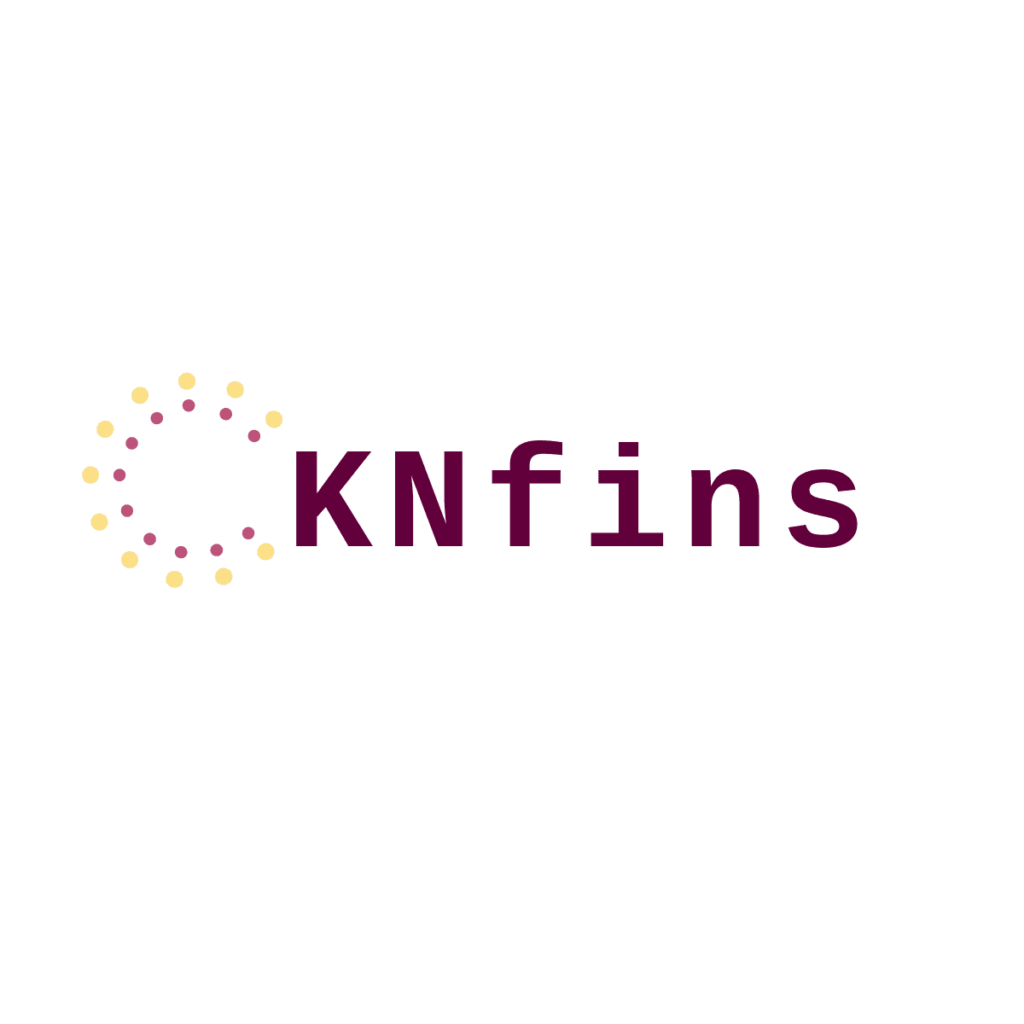It reached its lowest level in four months, as indicated by the latest data from the Purchasing Managers’ Index (PMI). This indicator reveals a reduction in the pace of economic expansion, highlighting a challenging scenario for the business sector.
Despite the uncertain economic environment, companies continue to struggle to pass on price increases to consumers. This phenomenon suggests that the ability of businesses to adjust their prices in response to higher costs is being limited, which may have implications for inflation behavior. The difficulty in passing on additional costs to final consumer prices is a factor contributing to the growing expectation that inflation may continue to trend downward in the coming months.
The current situation reflects an economic environment where, despite companies’ efforts to maintain their profit margins, cost-passing restrictions are pressuring prices in such a way that they may not sustain continuous inflationary growth. Thus, the data indicate that inflation, which had shown signs of rising, may remain on a downward trajectory in the short term as pricing challenges persist and economic activity continues to slow.

On Thursday (22), S&P Global released its U.S. Purchasing Managers’ Index (PMI), which monitors activity in the manufacturing and services sectors. The August PMI came in at 54.1, slightly below the final reading of 54.3 in July but still above the 50 level, which indicates economic expansion.
The index revealed a slight increase in the services sector’s activity, though it was overshadowed by a slowdown in the manufacturing sector. This divergence reflects mixed dynamics in the economy, with the services sector showing positive signs, while the industrial sector faces challenges.
Additionally, the average prices charged for goods and services rose at the slowest pace since January. This price behavior aligns with the Federal Reserve’s 2% inflation target, suggesting that inflation is stabilizing. Company reports confirm that customers are resisting higher prices, which could help keep inflation in check over the coming months.
These data highlight the complexity of the current economic scenario, where the slowdown in industrial activity contrasts with the relatively solid performance of the services sector, and prices are adjusting according to the Federal Reserve’s inflation goals.
Last week, the U.S. Department of Labor revealed that annualized inflation in July slowed to below 3%, reaching its lowest level in nearly three and a half years. This data signals a significant deceleration in the rate of price increases, reflecting relief from the inflationary pressures that have affected the economy in recent years.
The composite Purchasing Managers’ Index (PMI), which remained largely unchanged, suggests that economic activity remained strong during the third quarter. This stability is supported by the robust performance of the Gross Domestic Product (GDP), which grew at an annualized rate of 2.8% in the second quarter. This growth represented a significant acceleration compared to the more modest pace of 1.4% recorded in the previous quarter, from January to March.
These indicators point to an economic landscape where, despite challenges in the industrial sector and inflation still under control, the economy as a whole continues to show signs of resilience and moderate expansion.
The private sector job market recently showed a decline, with a reduction in the number of jobs in the services sector and the smallest addition of jobs in the industrial sector since January. This scenario indicates a weakening in hiring and suggests ongoing challenges for the private sector.
The manufacturing Purchasing Managers’ Index (PMI) fell to 48 in August, the lowest level in eight months, compared to 49.6 in July. Economists polled by Reuters had expected the index to remain stable, given that the manufacturing sector accounts for 10.3% of the economy. The drop in the manufacturing PMI reflects a contraction in industrial activity and indicates a slowdown in production and new orders.
On the other hand, the services PMI rose to 55.2, up from 55 in July, beating economists’ expectations of a drop to 54. This increase suggests continued expansion in the services sector, which continues to stand out even amid the difficulties faced by the industrial sector.
These data highlight a mixed economic outlook, where the slowdown in the manufacturing sector contrasts with the solid performance in the services sector. While inflation is under control and the economy continues to show resilience, the labor market and economic activity present variations that warrant attention for future economic policy and business strategy formulation.
Business activity in the United States, as measured by various economic indicators, is undergoing a period of adjustments and fluctuations. Recently, the U.S. Purchasing Managers’ Index (PMI), covering both the manufacturing and services sectors, registered a reading of 54.1 in August, slightly below the 54.3 mark in July, but still indicating economic expansion. This PMI is an important barometer of economic health, with readings above 50 indicating growth and below 50 signaling contraction.
In the industrial sector, the manufacturing PMI fell to 48, the lowest level in eight months, compared to 49.6 in July. This decline suggests a slowdown in industrial activity, reflecting challenges such as reduced new orders and production. The contraction in the manufacturing sector can be attributed to factors such as global economic uncertainties, fluctuations in demand, and high production costs.
In contrast, the services sector performed more robustly. The services PMI rose to 55.2, from 55 in July, surpassing economists’ predictions. This expansion in the services sector reflects continued growth in consumer areas and service provision, even amid the difficulties faced by the industrial sector.
Additionally, annualized inflation in the U.S. slowed to below 3% in July, the lowest level in nearly three and a half years, as indicated by U.S. Department of Labor data. This inflation relief suggests that prices are stabilizing, which could have implications for future monetary policies and consumer purchasing power.
The labor market has also shown mixed signals. Private sector employment levels fell, with the services sector facing a slowdown in hiring and the industrial sector adding the smallest number of jobs since January.
These combined factors paint a mixed economic outlook in the U.S., where business activity faces challenges in the industrial sector, while the services sector continues to expand. With inflation under control and GDP growth, which increased at an annualized rate of 2.8% in the second quarter, these indicators suggest that despite difficulties in some sectors, the economy as a whole maintains a solid base and resilience in the short term.

